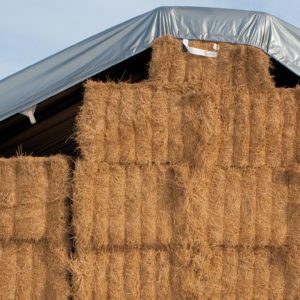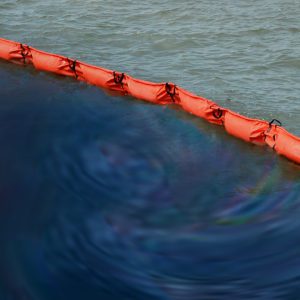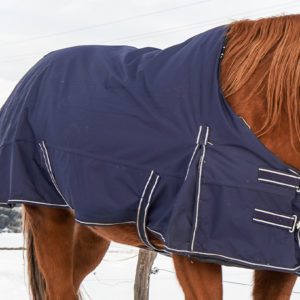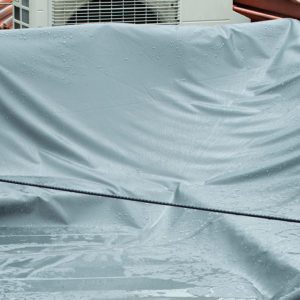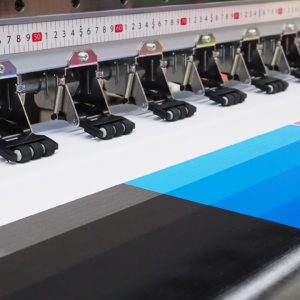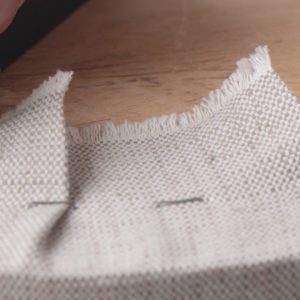Overview
Spandex (also known as elastane or Lycra) is a synthetic fiber invented in the late 1950s by Joseph Shivers that can expand 5-8 times its original size and then snap back into shape. Fabric blends are common with a small percentage of spandex fiber mixed in with polyester, nylon, or cotton, depending on the amount of stretch needed. Applications range from workout clothes, skinny jeans, swimwear, medical, and many other applications that require stretch, recovery, comfort, or ease of movement.
History of Spandex?
Invented in 1958 by Joseph Shivers at DuPont, spandex is a synthetic fiber created from a complex chemical process. It’s made from a combination of polyurethane and polyester that stretches and recovers unlike any other fiber. Dupont later trademarked the name Lycra for their spandex fiber. Spandex, elastane, and Lycra are all the same fiber; elastane is the generic term commonly used in Europe, while spandex is the name used in the United States and Canada. Lycra is the branded name.
Top 8 Benefits of Spandex
- Can stretch up to 5-8 times its original length
- Returns to its original shape after stretching
- Lightweight, comfortable, breathable, and soft
- Resistant to body oils, sweat, detergents, and lotions
- Abrasion-resistant
- Low moisture absorption (0.3% to 1.2%)
- Durable and long-lasting
- Quick-drying
Three Most Common Fiber Blends for Spandex
Spandex is a versatile fiber used in various applications, from activewear and swimwear to everyday clothing, medical textiles, and industrial applications. Typically, spandex is blended with other fibers like cotton, polyester, or nylon to enhance the overall fabric performance while maintaining the look and feel of the primary fiber. The ability to stretch and recover is due to spandex’s unique molecular structure, which enables it to extend significantly and then retract to its original state. It is almost never used alone and is typically blended with other fibers to enhance stretchability and comfort. The choice of which blend to depends on the specific application and the desired characteristics of the final product.
Nylon spandex
- Used in athletic wear and swimsuits
- Higher stretch capacity
- Softer and smoother feel against the skin
- Slightly better moisture-wicking properties
- Faster drying time
Polyester spandex
- Used in performance fabrics
- Better shape retention
- More resistance to fading and pilling
- Slightly lower cost
Cotton spandex
- Popular in jeans and casual wear
- Comfort and breathability
- Easy care
- Enhanced stretchability
Spandex Care and Maintenance
To maintain the integrity and longevity of spandex-containing garments, proper care is essential.
- Wash in cold water
- Avoid washing with chlorine bleach
- Air-dry when possible
- Avoid excessive heat exposure to
